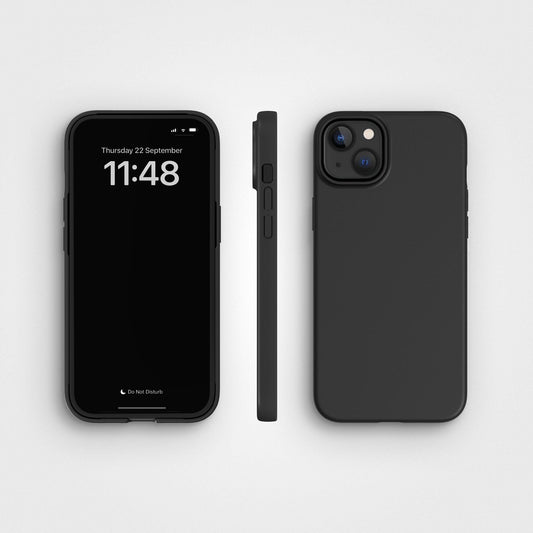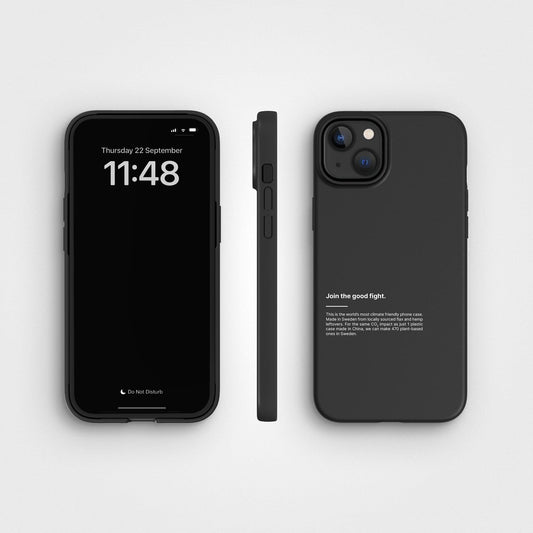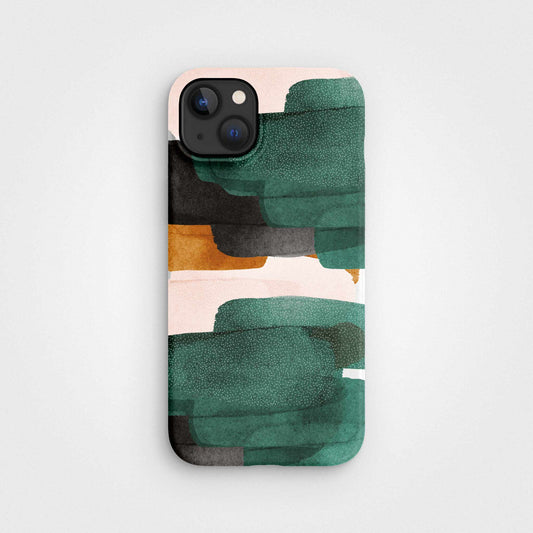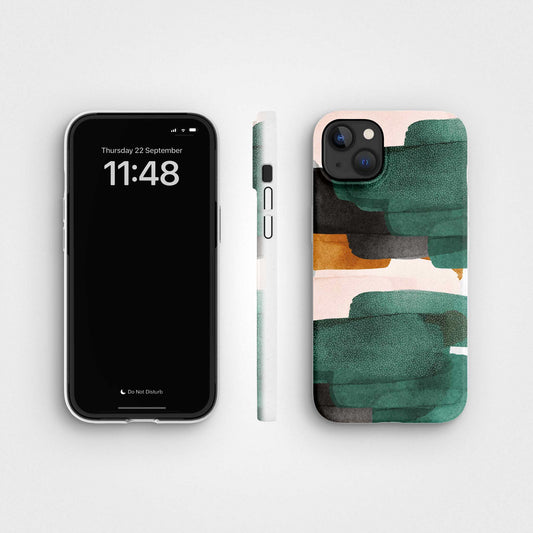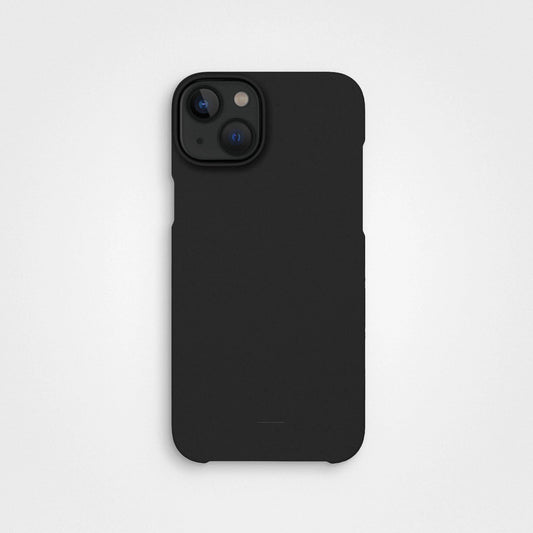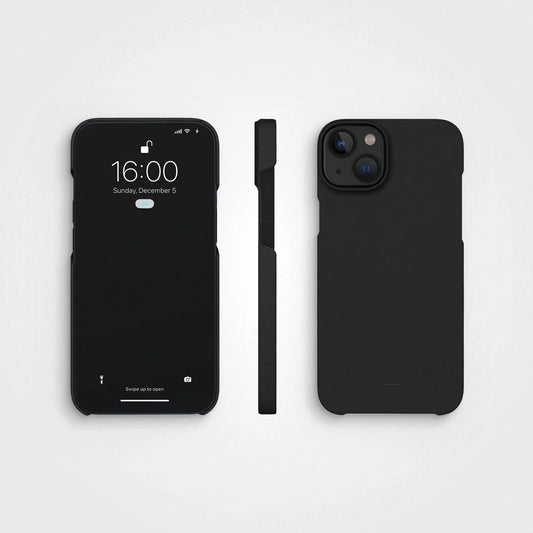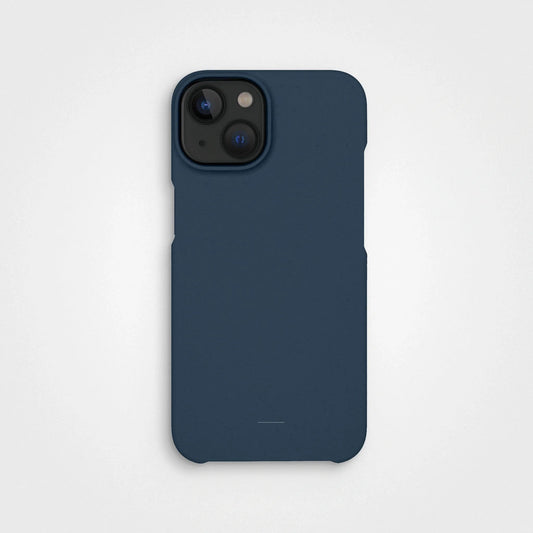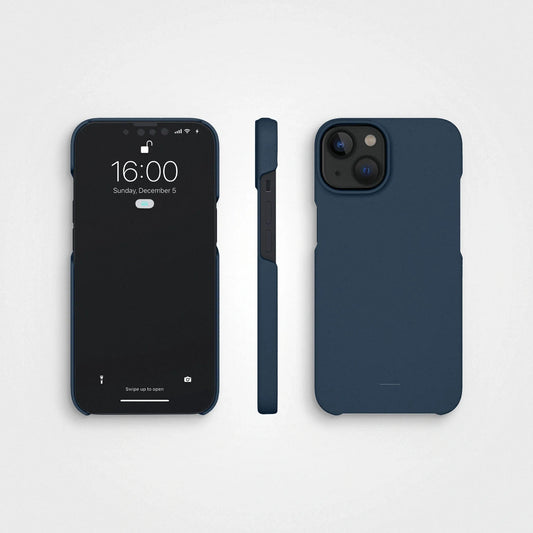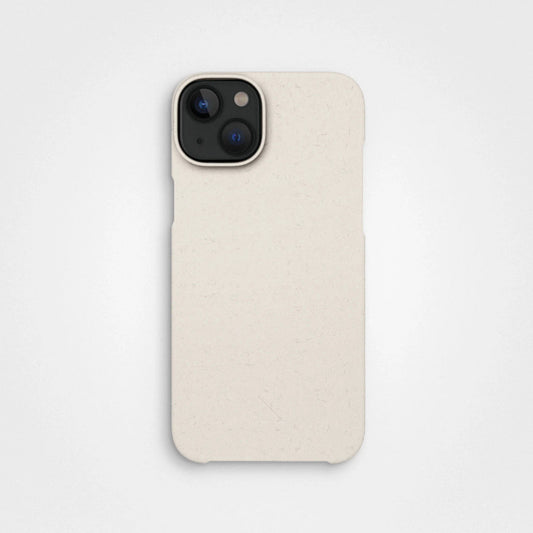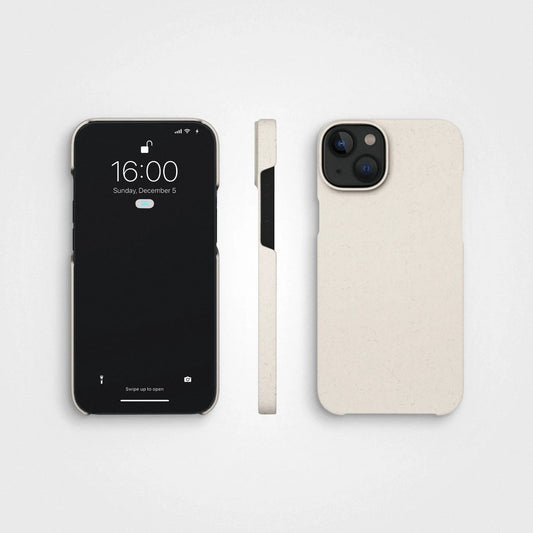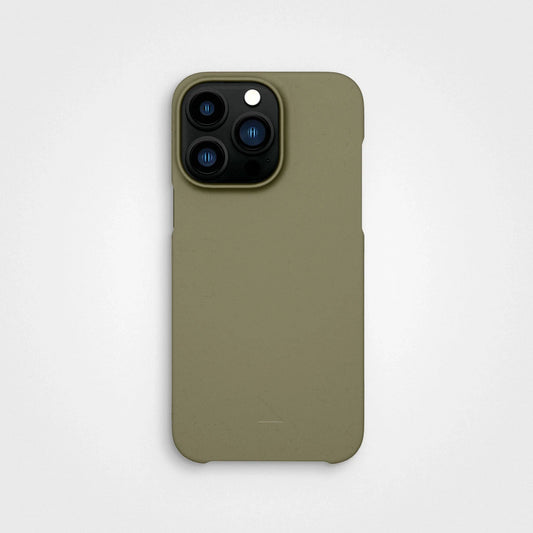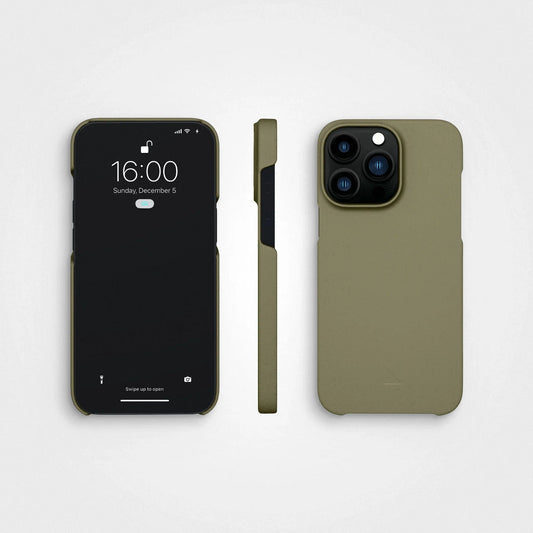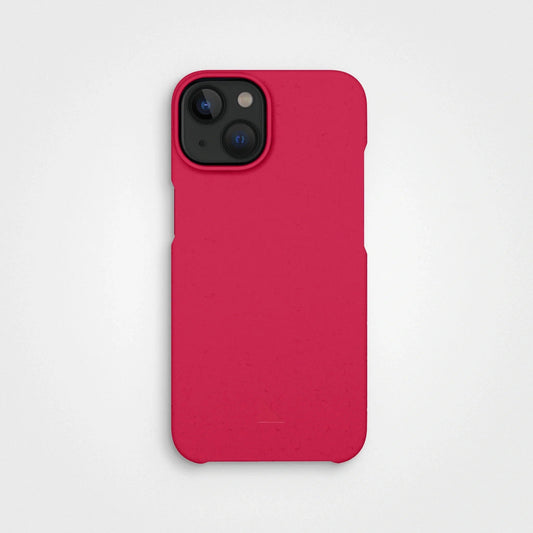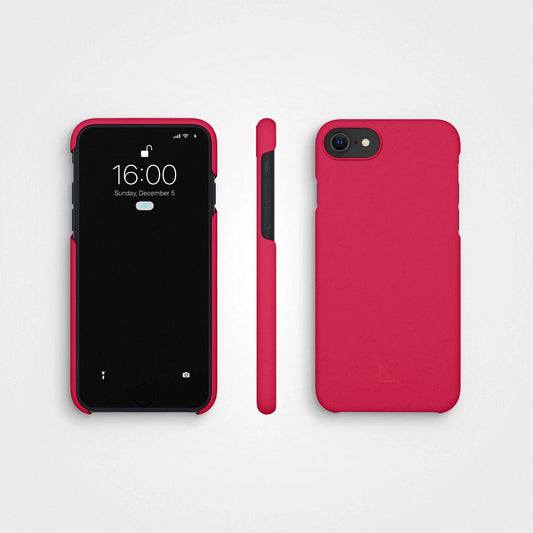Bei der Auswahl des umweltfreundlichsten Stoffes müssen mehr als nur die Rohstoffe berücksichtigt werden. Man muss über die gesamte Lebensdauer des Stoffes nachdenken, von der Herstellung bis zur Entsorgung. Und vergessen Sie nicht die Haltbarkeit! Es ist äußerst wichtig, um Abfall zu reduzieren und die Haltbarkeit von Kleidung zu verlängern.
Heutzutage ist es in der Regel eine gute Sache für die Umwelt, Stoffe zu finden, die mit weniger umweltschädlichen Methoden hergestellt werden. Aber seien wir ehrlich: Es kann schwierig sein, Stoffe zu finden, die natürlich gewachsen und nachhaltig sind, vor allem angesichts des ganzen Fast-Fashion- Trends. Aber hey, hier sind einige gute Neuigkeiten! Die Menschen beginnen, sich mehr um ihre Entscheidungen zu kümmern, und das bedeutet, dass nachhaltigere und ethischere Alternativen auftauchen. Sie können Optionen finden, die gut aussehen und gleichzeitig umweltfreundlich sind. Ist das nicht großartig?
Welcher Stoff ist der beste (also der umweltfreundlichste)?
Die umweltfreundlichsten Stoffe sind diejenigen, an denen Sie festhalten. Es ist nichts Falsches daran, etwas herzustellen oder zu kaufen, das man behalten möchte. Ein hochwertiges Kleidungsstück mit langer Lebensdauer ist besser als „Fast Fashion“, das vom Laufsteg über den Laden bis zur Mülldeponie wandert.


Reparierbare Stoffe sind auch umweltfreundlich. Haben Sie eine Lieblingsjeans, die Sie nicht tragen können, weil der Schritt aufgeplatzt ist? Gehen Sie zu DenimRepair.com . Das ist kein Empfehlungslink. Sie leisten qualitativ hochwertige Arbeit, die auch der Umwelt hilft. Dies ist ein echtes Problem, mit dem sich die Vereinten Nationen befasst haben .
Am wenigsten schädlich für die Umwelt ist Kleidung, die aus Stoffen hergestellt wird, die mit weniger umweltschädlichen Produktionsmethoden hergestellt wurden. Die Modebranche bedient Millionen von Menschen, die schnell preiswerte Kleidung wollen. Es gibt nur wenige Stoffe, die natürlich und nachhaltig angebaut werden und kaum verarbeitet werden.
Kann die Branche umweltfreundlich, profitabel und, nun ja, modisch sein? Schauen wir uns den ersten Teil anhand eines Beispiels an – Bambusleinen.
Wie man Bambusstoff herstellt
Note: 🌏🌏🌏🌏 💵💵💵💵 🕰🕰🕰🕰
Ernten Sie die richtige Bambussorte . Den Bambus richtig ernten. Führen Sie eine minimale Verarbeitung durch. Holen Sie sich Bambusleinen. Einfach?
Wenn Sie diese einfachen Schritte befolgen, ist die Herstellung von Bambusstoffen ein Kinderspiel. Das Wichtigste zuerst: Sie müssen die richtige Bambussorte ernten. Wählen Sie die richtige Bambussorte und achten Sie auf eine sorgfältige Ernte. Dieser einfache Schritt bildet die Grundlage für den gesamten Stoffherstellungsprozess.
Eine der erstaunlichen Eigenschaften von Bambus ist sein schnelles Wachstum. Sobald Sie den Bambus geerntet haben, werden Sie erfreut sein zu erfahren, dass dieselbe Pflanze in der folgenden Saison erneut geerntet werden kann. Diese nachhaltige Praxis kommt nicht nur der Umwelt zugute, sondern trägt auch zur lokalen Wirtschaft bei.
Um hochwertige, umweltfreundliche Bambusleinen herzustellen, ist eine ordnungsgemäße Landbewirtschaftung von entscheidender Bedeutung. Die Pflege der Bambusplantage stellt sicher, dass der von Ihnen hergestellte Stoff wirklich umweltfreundlich ist. Es ist faszinierend, wie kleinste Details, wie zum Beispiel der richtige Schnitt der Triebe, einen großen Unterschied machen können. Indem Sie Fehler wie das Ernten im falschen Monat oder das Schneiden zu nah am Boden vermeiden, bewahren Sie die Integrität des Bambustrakts und erhalten die umweltfreundliche Natur des Stoffes.
Lassen Sie uns nun in den Stoffherstellungsprozess eintauchen. Die Reise beginnt mit dem Zerkleinern der holzigen Teile des Bambus. Dies kann manuell oder mit Hilfe maschineller Geräte erfolgen. Der Bambus verwandelt sich in eine breiige „Enzymfabrik“, die ihre Wirkung auf die Fasern entfaltet. Diese Enzyme brechen die Zellwände auf, sodass sich die Fasern leicht zu Garn verspinnen lassen.
Obwohl dieses Verfahren äußerst umweltfreundlich ist, ist es mit einem Preisschild verbunden. Die Herstellung von Bambusleinen erfordert im Vergleich zu anderen Stoffen etwas mehr Investitions- und Zeitaufwand. Das Ergebnis ist es jedoch wert: ein luxuriöser Stoff, der zu einer nachhaltigen Zukunft beiträgt.

Wie man Baumwollstoff herstellt
Note: 🌏 💵 🕰
Die Herstellung von Baumwollstoffen hört sich vielleicht einfach an, erfordert aber tatsächlich eine Reihe von Schritten. Zunächst einmal gedeiht Baumwolle in einem warmen Klima ohne Frost und viel Sonnenschein. Während der gesamten Vegetationsperiode benötigt es außerdem eine beträchtliche Regenmenge, etwa 60 bis 120 cm . Allerdings kann der Baumwollanbau negative Auswirkungen auf das Land haben, unabhängig davon, ob er konventionell oder biologisch angebaut wird.
Verschiedene Faktoren beeinflussen die Nachhaltigkeit des Baumwollanbaus, darunter die Frage, ob die Baumwolle konventionell oder biologisch angebaut wird, ob es sich bei den Pflanzen selbst um gentechnisch veränderte oder nicht gentechnisch veränderte Pflanzen handelt, ob es sich um Fruchtwechsel handelt, ob synthetische Düngemittel verwendet werden und so weiter. Diese Überlegungen spielen eine Rolle bei der Bestimmung der gesamten Umweltauswirkungen der Baumwollproduktion.
Sobald die Baumwolle geerntet ist, durchläuft sie einen Verarbeitungsschritt, um sie in Stoff umzuwandeln. Eine entscheidende Rolle spielen dabei Baumwollspinnereien, die es auf der ganzen Welt gibt. Diese Fabriken verarbeiten Rohbaumwolle zu Garn, das dann zur Herstellung des uns bekannten Stoffes verwendet wird. Diese Fabriken sind oft auf Energiequellen angewiesen, die aus Kohlenstoff gewonnen werden, was zu ihrem ökologischen Fußabdruck beiträgt.
Die zuvor erwähnten konventionellen und gentechnisch veränderten Baumwollproduktionsmethoden sind nicht besonders umweltfreundlich. Obwohl sie aufgrund der Produktion in großem Maßstab kostengünstig sein können, können sie der Umwelt langfristig erhebliche Schäden zufügen. Trotz dieser Nachteile erfreut sich die konventionelle Methode aufgrund ihrer Effizienz und Geschwindigkeit weiterhin großer Beliebtheit.
Ist Bio-Baumwolle umweltschädlich?
Note: 🌏🌏 💵💵 🕰
Stoffe aus Bio-Baumwolle stammen aus nicht gentechnisch veränderten Organismen (GVO), die ohne den Einsatz synthetischer Agrarchemikalien wie Düngemittel und Pestizide angebaut werden. Diese verantwortungsvollen Anbaupraktiken werden von zuständigen Regierungsbehörden oder zugelassenen Nichtregierungsorganisationen (NGOs) genau überwacht und überprüft.
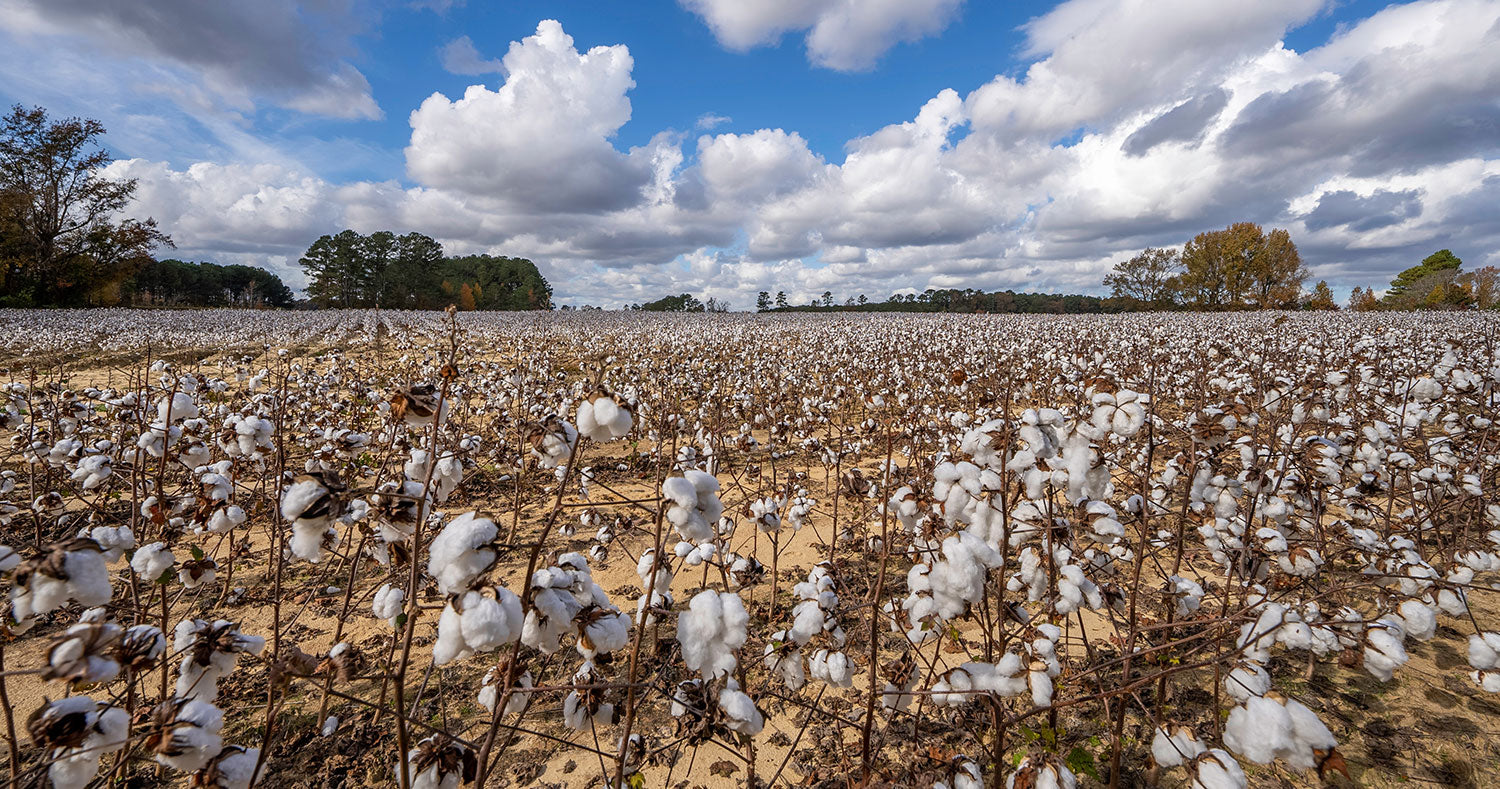
Einer der Vorteile von Bio-Baumwolle besteht darin, dass sie natürliche Pestizide verwendet und den Einsatz schädlicher Chemikalien im Vergleich zu herkömmlichen Methoden reduziert. Der Baumwollanbau erfordert jedoch immer noch erhebliche Wasserressourcen. Wenn versucht wird, Baumwolle in ungeeigneten Gebieten mit geringen Niederschlägen oder sich aufgrund des Klimawandels ändernden Niederschlagsmustern anzubauen, wird Bewässerung erforderlich, was zu potenziellen Schäden für die Ökohydrologie führen kann.
Ein anschauliches Beispiel für dieses Problem ist das Verschwinden des Aralsees, das auf die absichtliche Umleitung von Wasser zu Baumwollfeldern zurückzuführen ist. Dies ist eine ernüchternde Erinnerung an die ökologischen Folgen, die entstehen können, wenn die Wasserressourcen für den Baumwollanbau schlecht genutzt werden.
Wie man Lyocell herstellt
Note: 🌏🌏🌏 💵💵💵 🕰
Ein neuerer Stoff aus Bambus heißt Bambus-Lyocell. Dabei kommt ein geschlossener Industrieprozess zum Einsatz, der die Pflanzenfasern chemisch in ein Rayon-ähnliches Material umwandelt, das biologisch abbaubar bleibt. Der Produktionsprozess hat nur minimale Auswirkungen auf die Umwelt und gewinnt alle entstehenden Lösungsmittel und Emissionen zurück bzw. zersetzt sie. Es erfordert immer noch Chemikalien und Energie.
Warum ist Lyocell umweltfreundlich? (Hinweis: Weil es nicht wie Rayon hergestellt ist.)
Lyocell ist aus zwei Gründen umweltfreundlicher:
- Bambuspflanzen benötigen zum Wachsen weitaus weniger Wasser als andere Quellen
- Herkömmliches Viskose-Rayon ist ein chemikalienbeladener Prozess mit offenem Kreislauf, der die Umwelt belastet und bei der Herstellung und sogar beim Färben Energie verbraucht. Obwohl Lyocell chemisch mit Rayon verwandt ist, ist es in dieser Hinsicht viel besser.
Abschluss
Was einen Stoff umweltfreundlich macht, hängt von verschiedenen Faktoren ab. Dabei geht es nicht nur darum, den Stoff selbst zu betrachten, sondern vielmehr darum, seinen gesamten Lebenszyklus zu verstehen, von der Produktion bis zur Nutzung und darüber hinaus. Wie der Stoff verwendet wird, wie er hergestellt wird, woher er stammt, wie er transportiert wird usw.
Schauen Sie sich das Etikett an. Ist es aus Baumwolle oder Bio-Baumwolle hergestellt? Viskose-Bambus oder Lyocell-Bambus? Kommt es aus einer Fabrik? Wird es von einer indigenen Bevölkerung mit traditionellen Techniken oder von einem Kunsthandwerker mit einer Hybridmethode hergestellt?
Wenn Sie informiert sind, können Sie die Entscheidung treffen, mit der Sie sich wohl fühlen und die zu Ihrem Budget passt. Nehmen Sie sich also die Zeit, Informationen zu sammeln und einen Stoff auszuwählen, der Ihren Werten und Nachhaltigkeitszielen entspricht. Suchen Sie nach Unternehmen mit einem starken Engagement für Nachhaltigkeit, beispielsweise solchen, die umweltfreundliche Modelinien anbieten. Sie können sich beispielsweise für Bambussocken , Lyocell-Unterwäsche für Damen , Lyocell-Unterwäsche für Herren oder T-Shirts aus Bio- und recycelter Baumwolle entscheiden.









